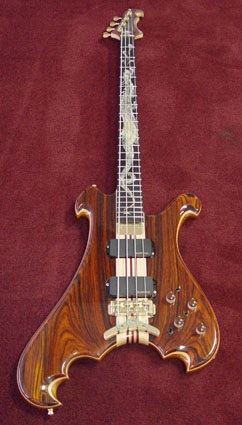G--------------------------------------]
D------0-2-3-2-0-------0-2-3-2-0----2--]
A----2----------2---2-----------2-3----]
E--3--------------3--------------------]
G--0-2-3-2-0----------------------]
D------------2-----0-2-3-2-0-2----]
A----------------2-------------2--]
E--------------3------------------]
A----------------2-------------2--]
E--------------3------------------]
G--------4-----0-2---------------------]
D----4-7-----2-----5-3-2-----3-4-5-----]
A--5-------3-------------5-------------]
E--------------------------3-----------]
This is a walking bassline in the key of G. You can transpose this progression to make it fit any key. To add a
swing to groove (as you might need in subgenres of blues like the Texas Shuffle), you can try this:
G------------------------------]
D--------5---0-2-3-2-0---------]
A----------2-----------2-------]
E---2h-3-----------------3-----]
It is slightly more complicated, as it involves a hammeron and an octave. Use the same progression as shown in the above tablature to use this pattern, and try playing it with a swing feel to it. You can contruct your own walking basslines by using chromatic progressions to "walk" the tonic notes based on the I-IV-V chords of a key.







